Regarding the "mysterious" epidemic in Congo that has caused 406 cases, including 31 deaths, Dr. Hoang Minh Duc, Director of the Department of Preventive Medicine, said that he will continue to monitor and closely follow the developments of the epidemic; when there are new developments, he will coordinate to assess the risks and propose appropriate responses...
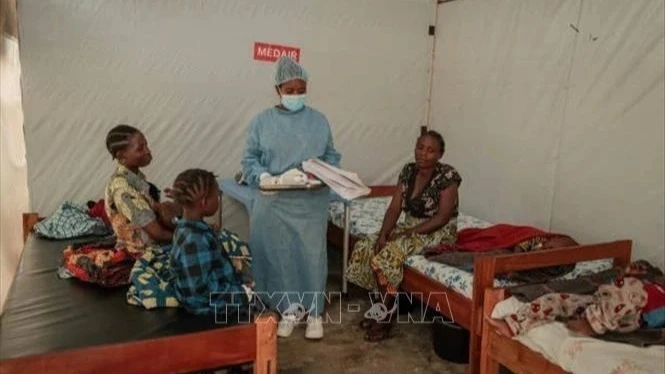 |
A patient infected with monkeypox is treated at a hospital in Goma, Democratic Republic of Congo, on August 17, 2024. (Illustration photo: Getty Images/VNA)
The Department of Preventive Medicine, Ministry of Health on the evening of December 11, quoted information from the World Health Organization (WHO) saying that in the Panzi area, Kwango province, the Democratic Republic of Congo has recorded 406 cases of an unknown disease, including 31 deaths. Symptoms of the disease include fever, headache, cough, runny nose and muscle pain. The cases are mainly children (53% of cases and 54.8% of deaths are under 5 years old) and all severe cases are severely malnourished. The Department of Preventive Medicine will continue to monitor and closely follow the developments of the epidemic; proactively conduct event-based surveillance with information about the epidemic in the Democratic Republic of Congo; coordinate with the World Health Organization and IHR focal points of countries to update and share information about the epidemic. In case of new developments, the Department of Preventive Medicine will coordinate with the World Health Organization, the US CDC and relevant units to assess the risk and propose appropriate responses, including strengthening medical quarantine work. Regarding the "mysterious" epidemic in Congo, it is known that the epidemic area is a rural area, in a remote province far from the capital Kinshasa (48 hours by road). This area has also experienced food shortages in recent months; medical conditions are lacking, vaccination rates are low, access to diagnosis and case management is very limited. It is also the rainy season, so access to medical services is very difficult (affecting the determination of the cause of the disease). Malaria is common in this area and is being identified as possibly related to the cases; however, malaria control measures are also very limited. The General Department of Preventive Medicine also informed that currently, the World Health Organization assesses the risk level for affected communities in the outbreak area as high based on information on limited provision and access to health services; low vaccination rates; difficult living conditions, food, and transportation in the area and at the same time records initial information on clusters of cases in family clusters, indicating the possibility of spreading within households. However, at the national level of the Democratic Republic of the Congo, the risk is considered moderate because the current outbreak is localized in the Panzi area, Kwango province, although there is still the possibility of spreading to neighboring areas. At the regional and global levels, WHO assesses the risk level as low; only noting surveillance at the border with the neighboring country near the outbreak area, Angola. Some countries in the region also believe that the risk of the disease entering from the Democratic Republic of Congo is low, due to the small number of visitors from this region and the lack of direct flights from the Democratic Republic of Congo. Source: https://nhandan.vn/theo-doi-chat-che-dich-benh-bi-an-khien-nhieu-nguoi-mac-tu-vong-tai-congo-post849954.html


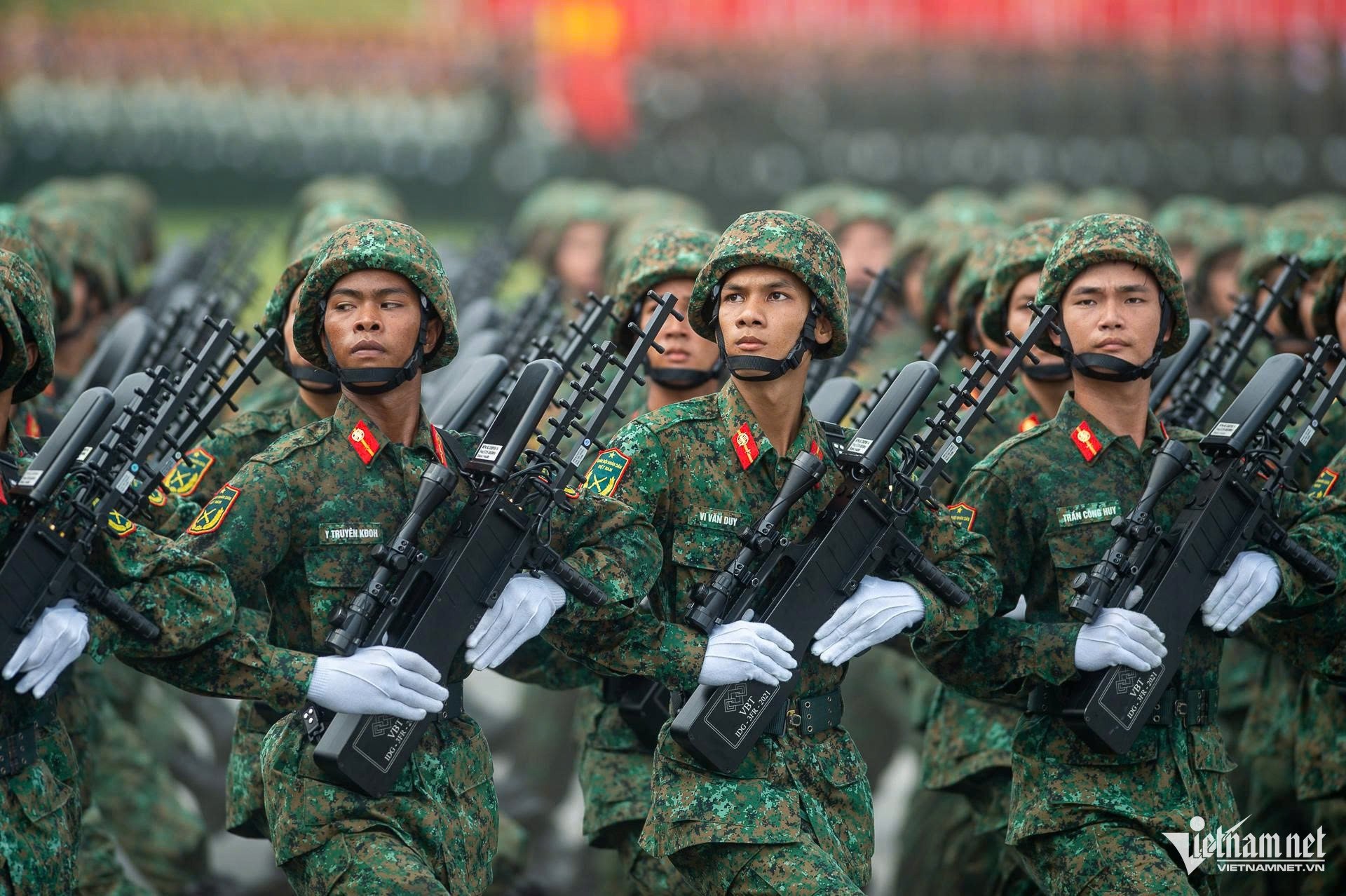


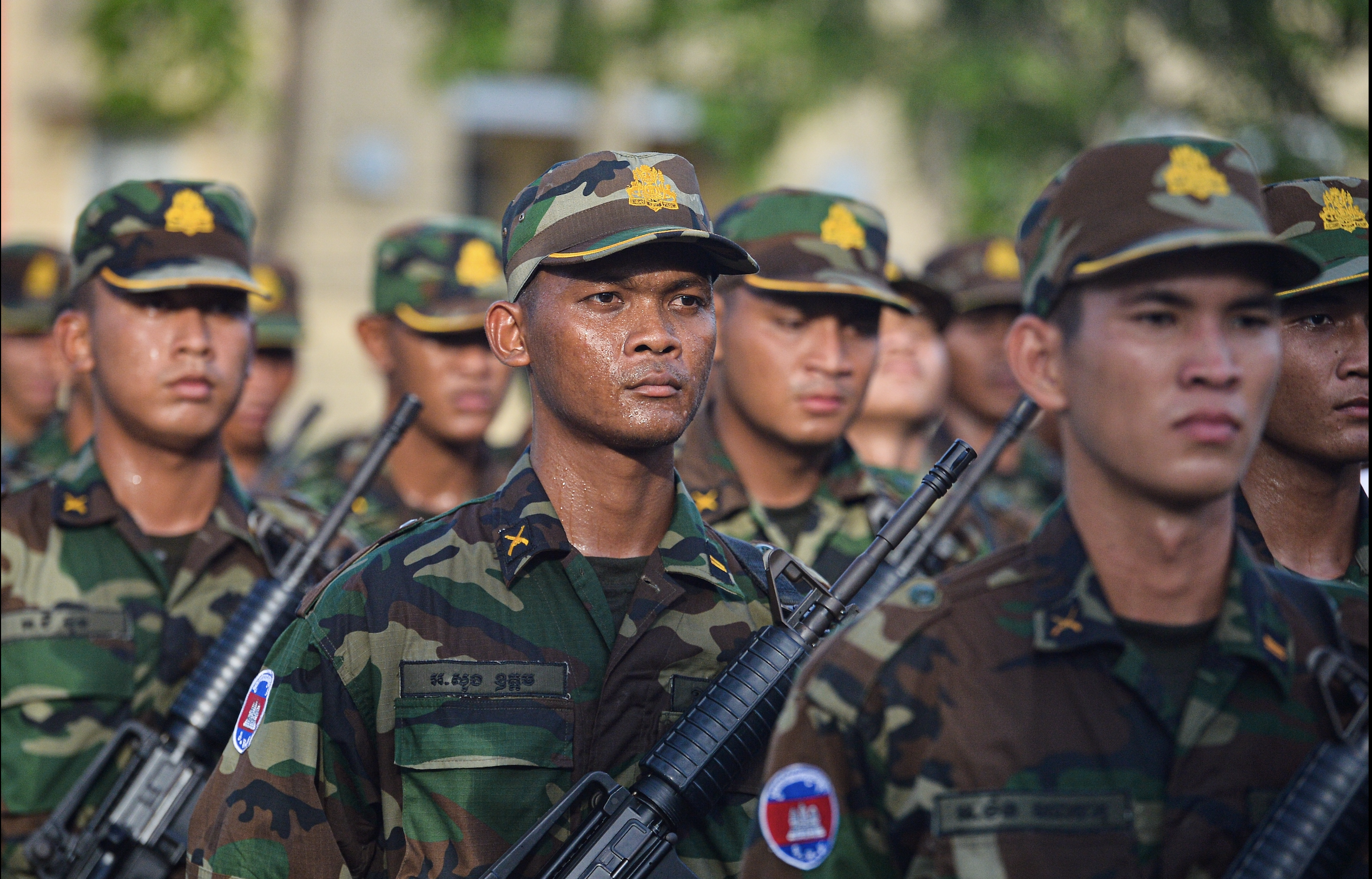


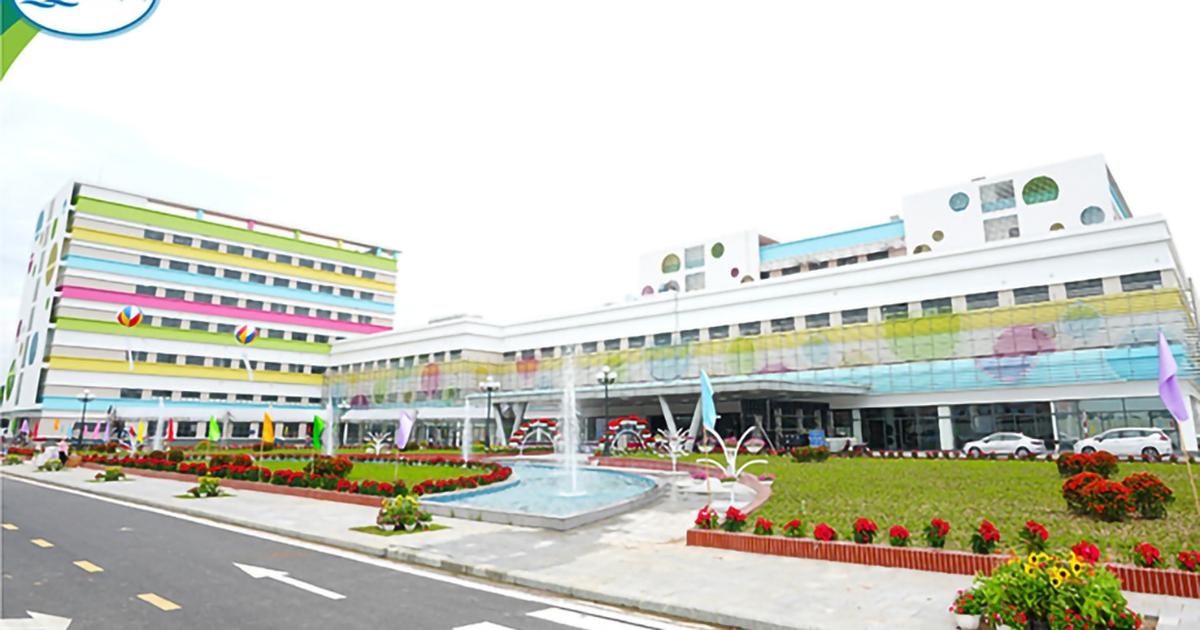

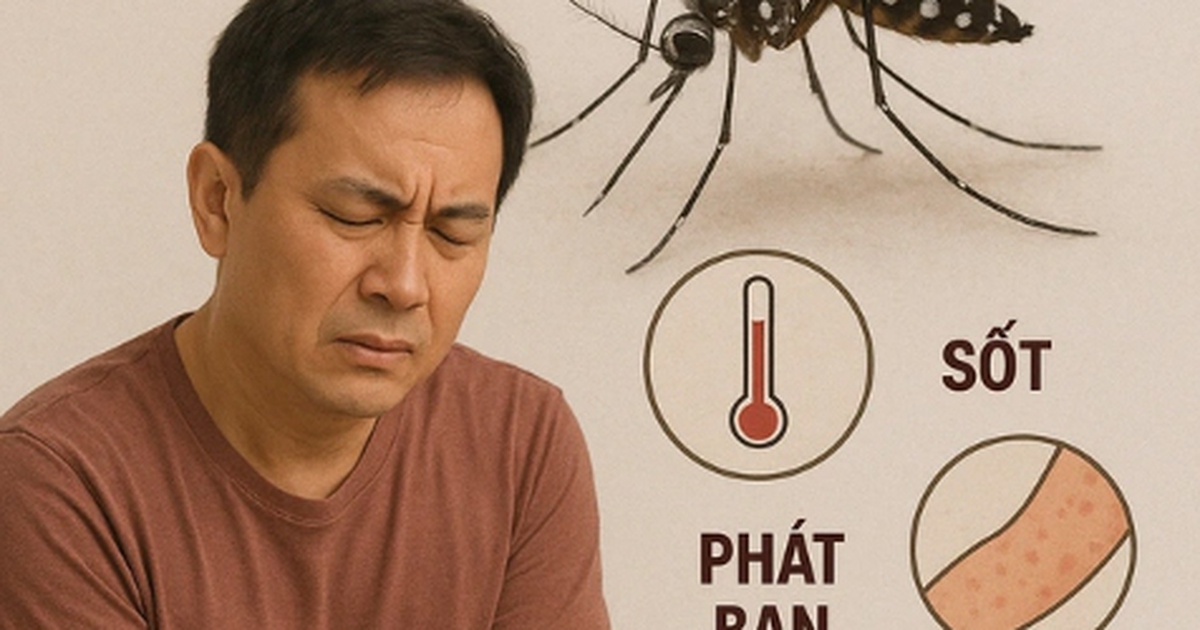
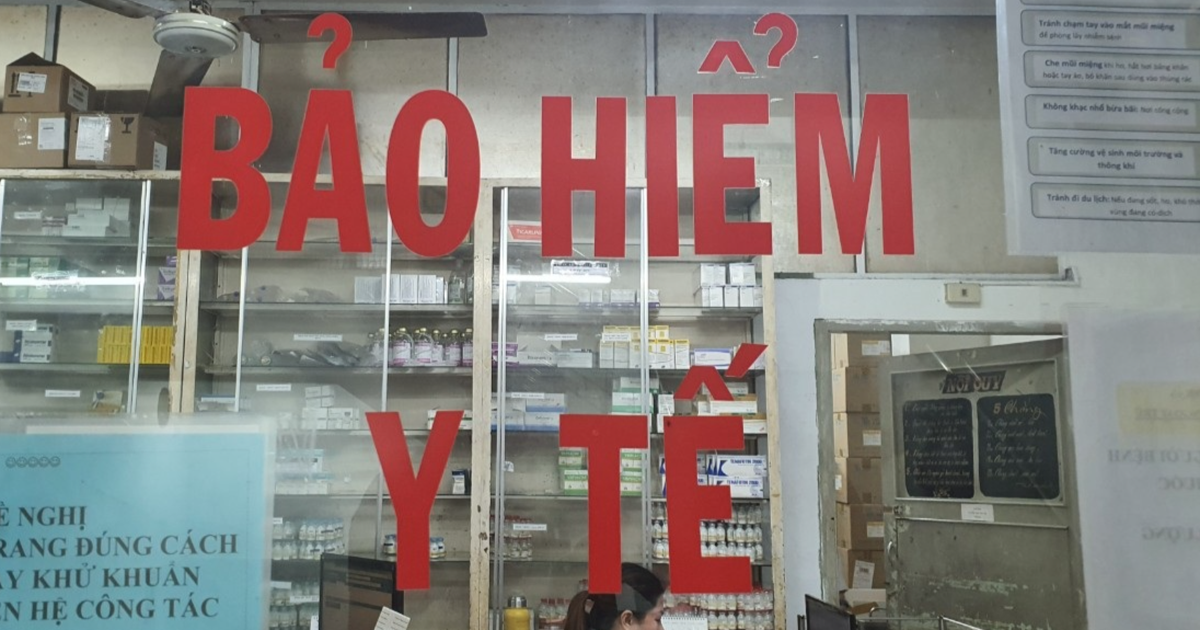

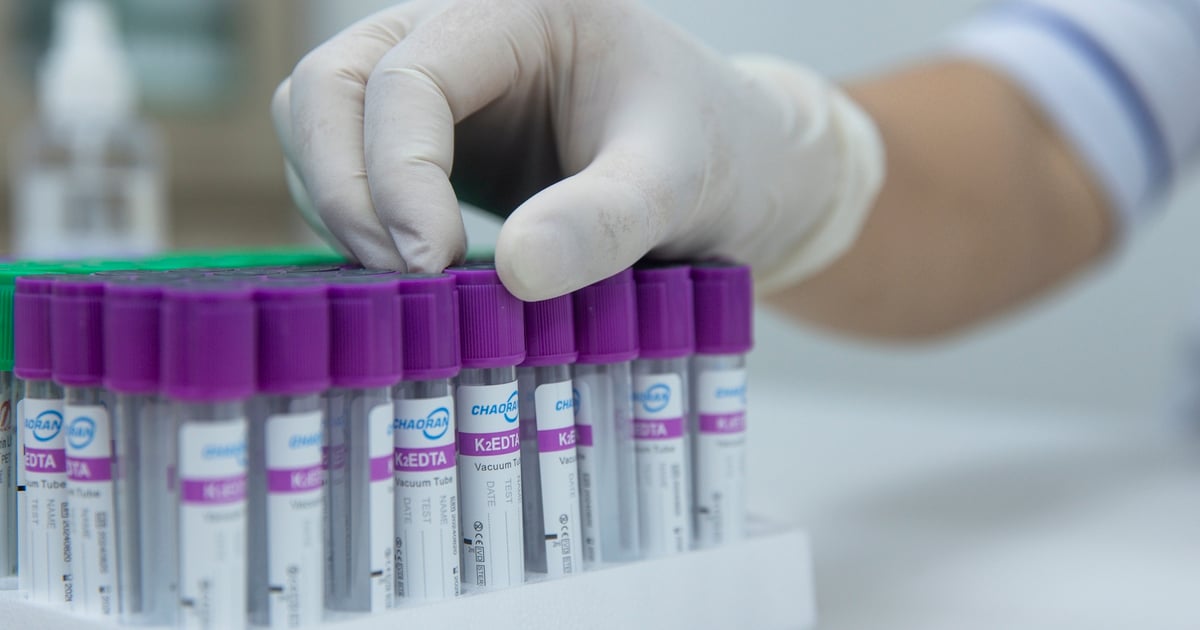


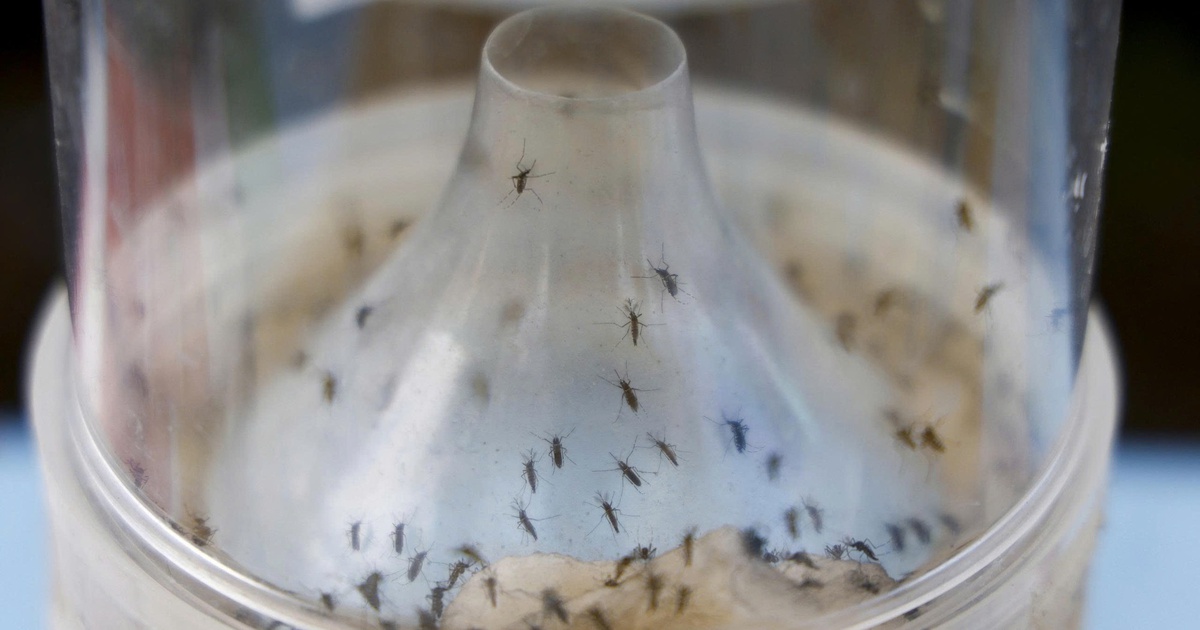


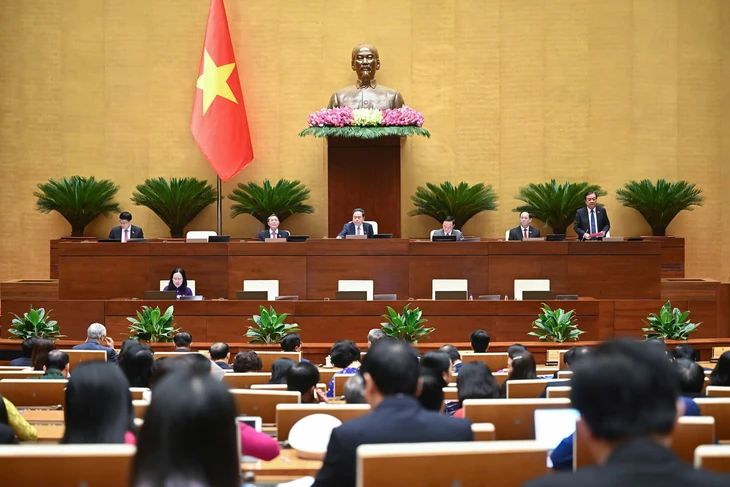



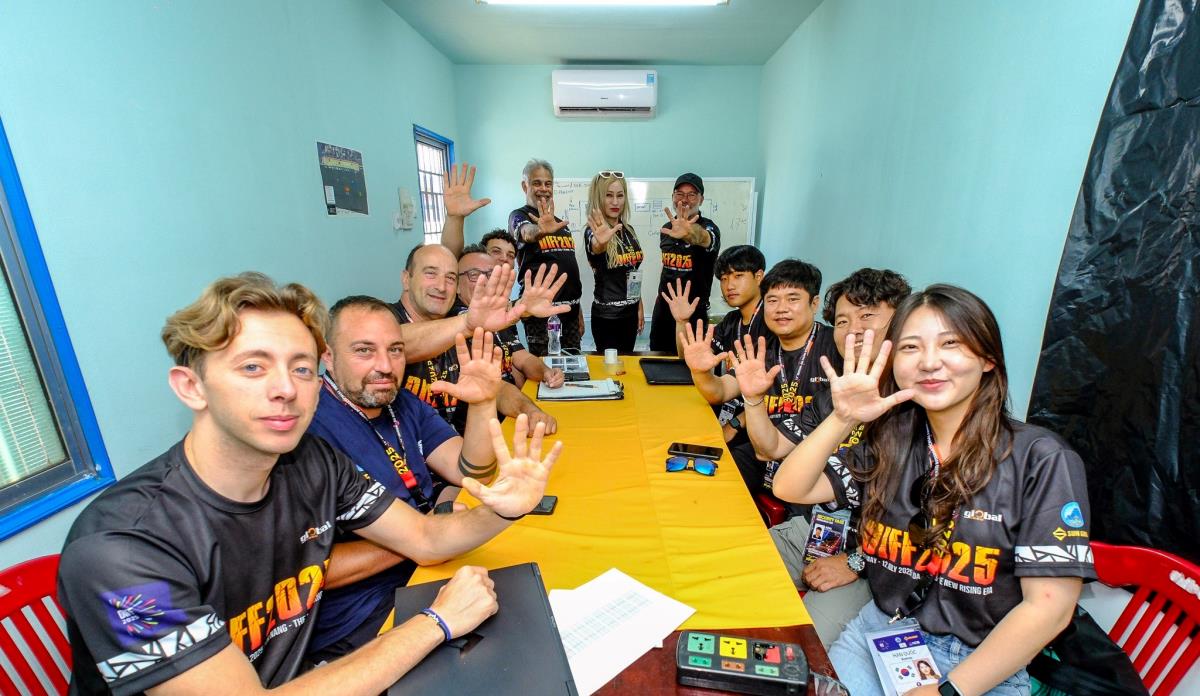
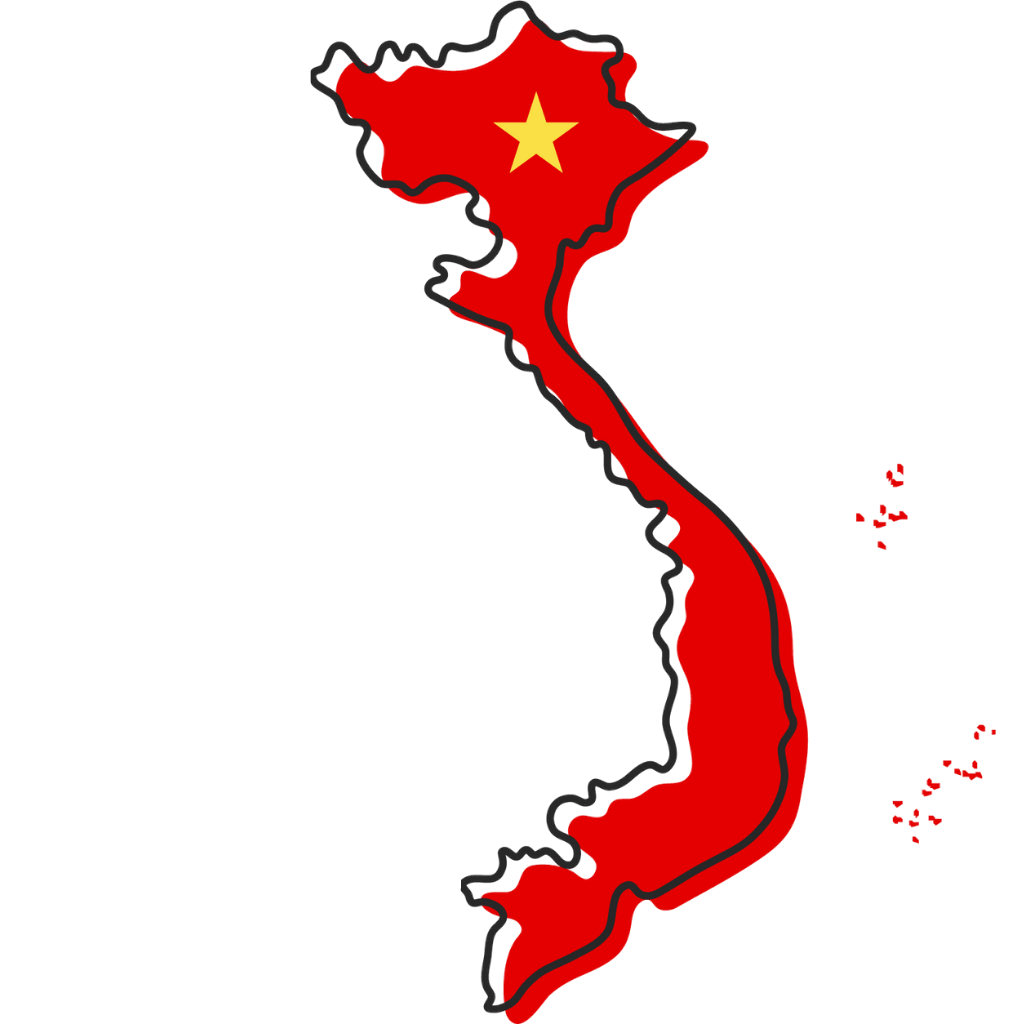
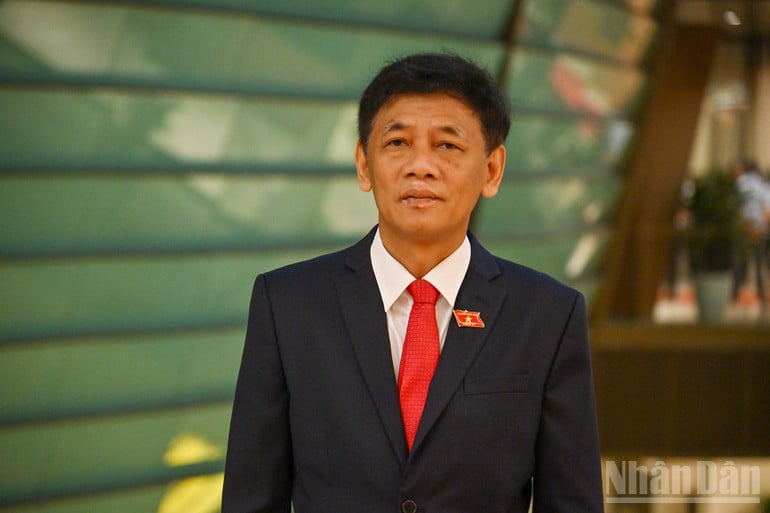
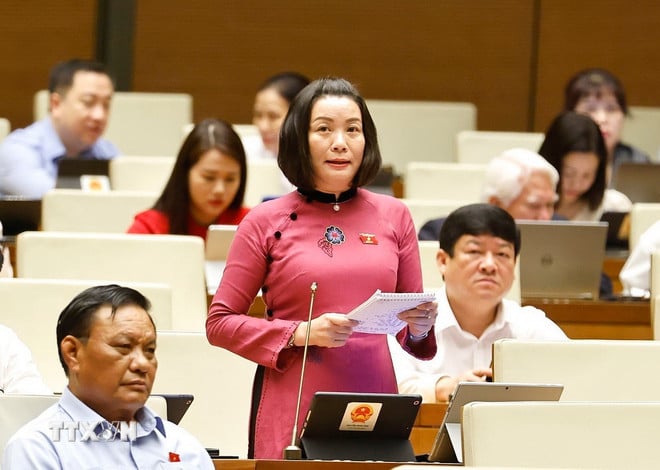



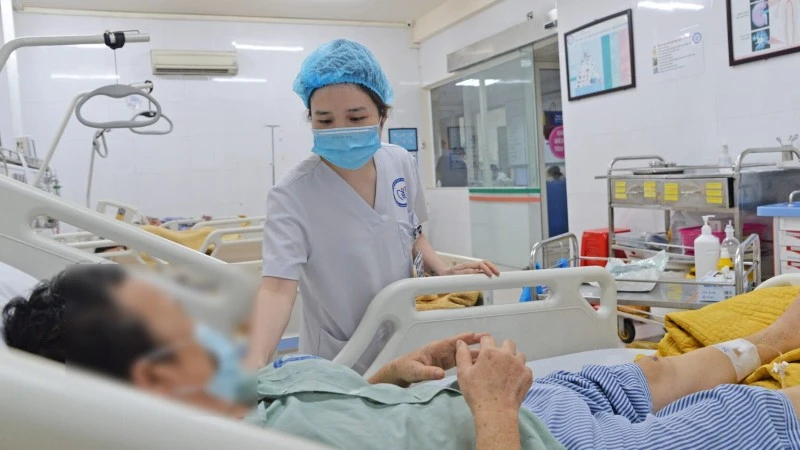

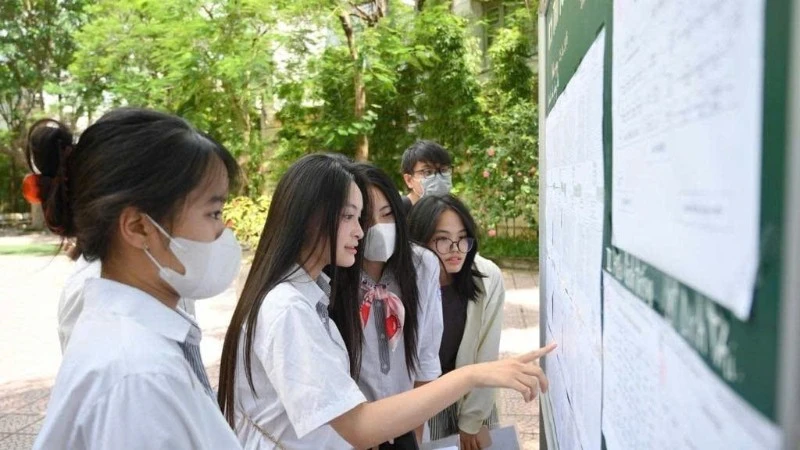

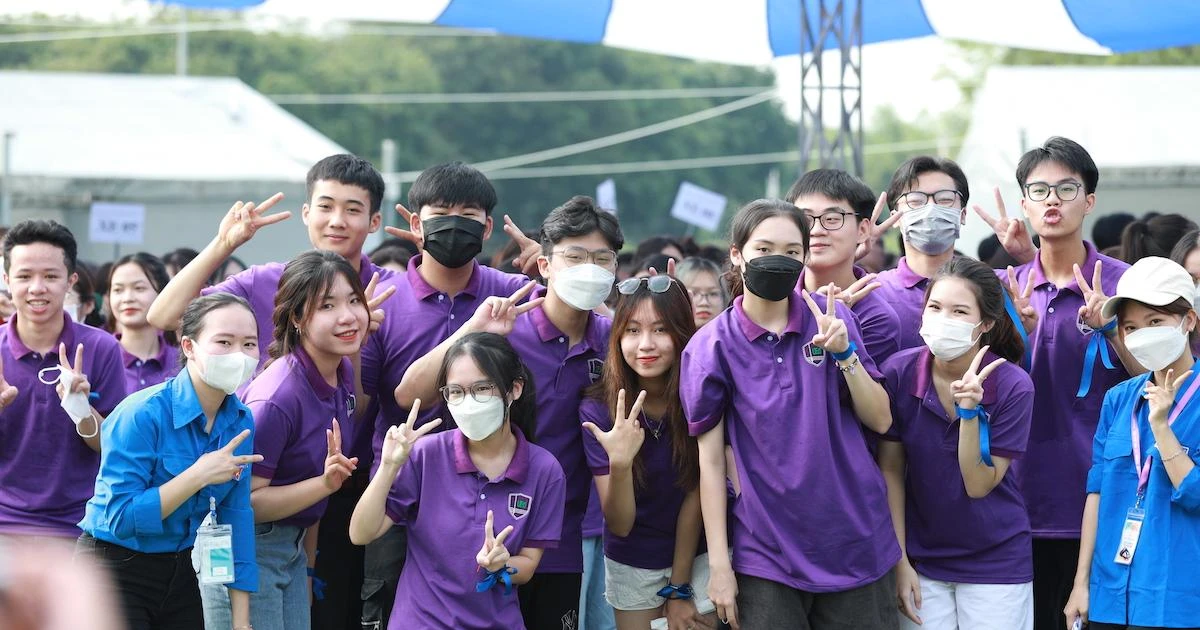

![[Photo] President Luong Cuong attends special political-artistic television show "Golden Opportunity"](https://vstatic.vietnam.vn/vietnam/resource/IMAGE/2025/8/22/44ca13c28fa7476796f9aa3618ff74c4)
































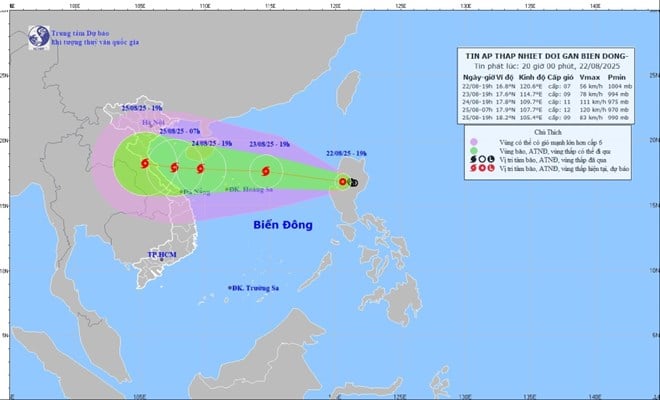

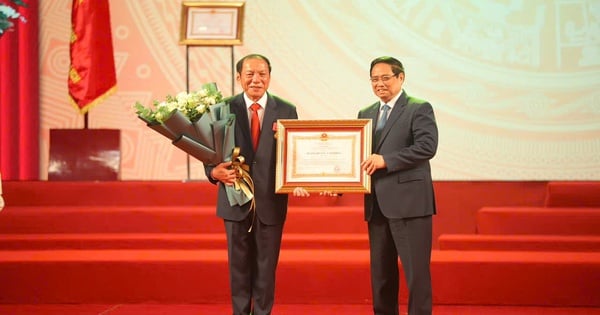


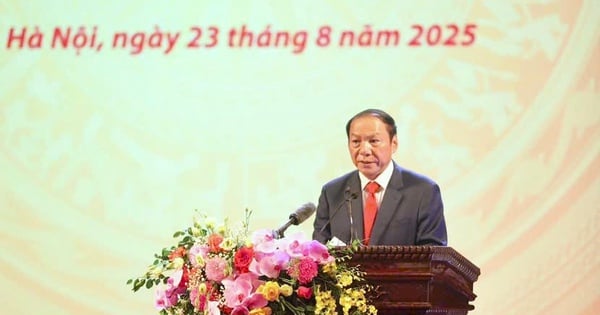




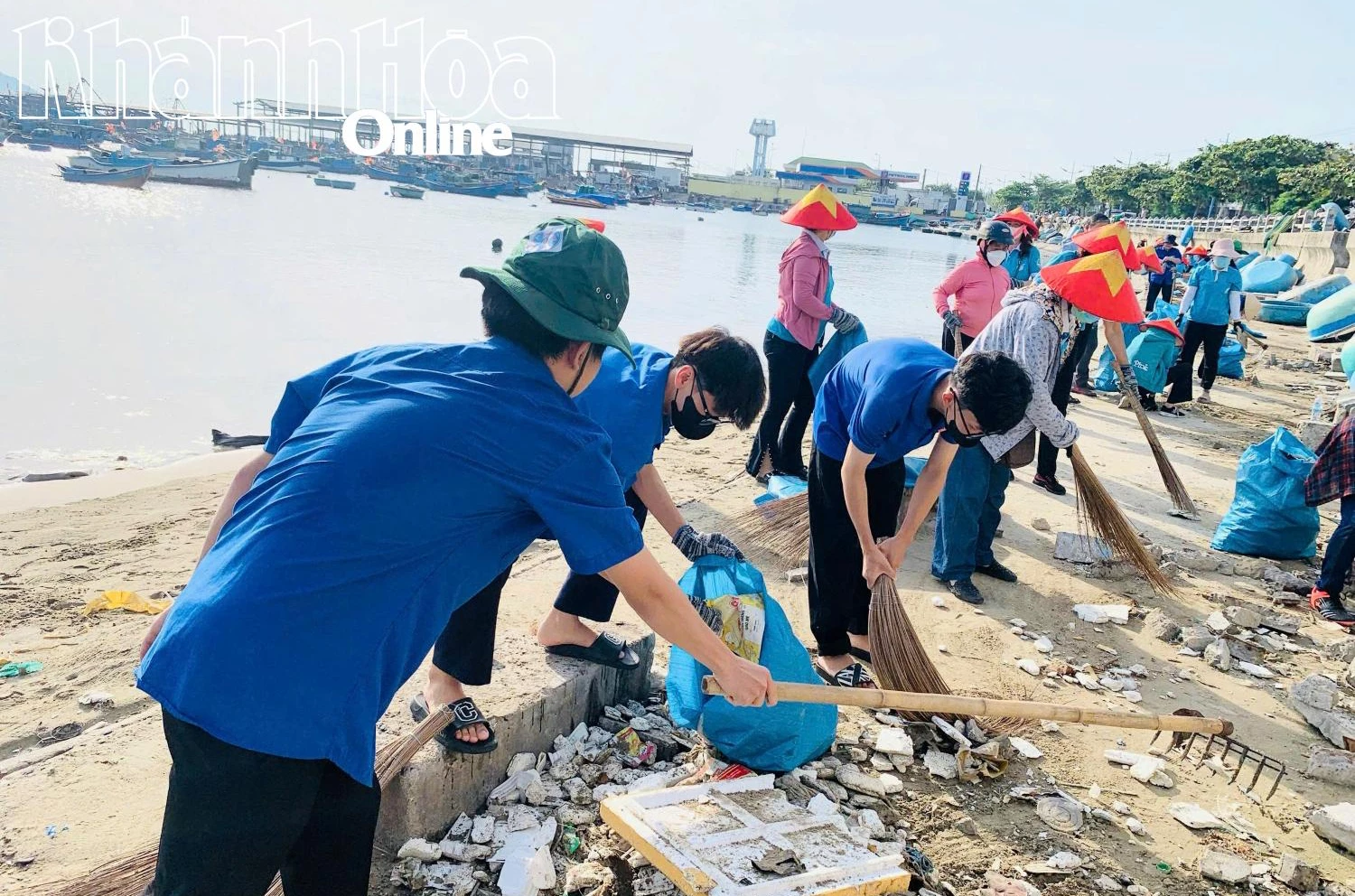

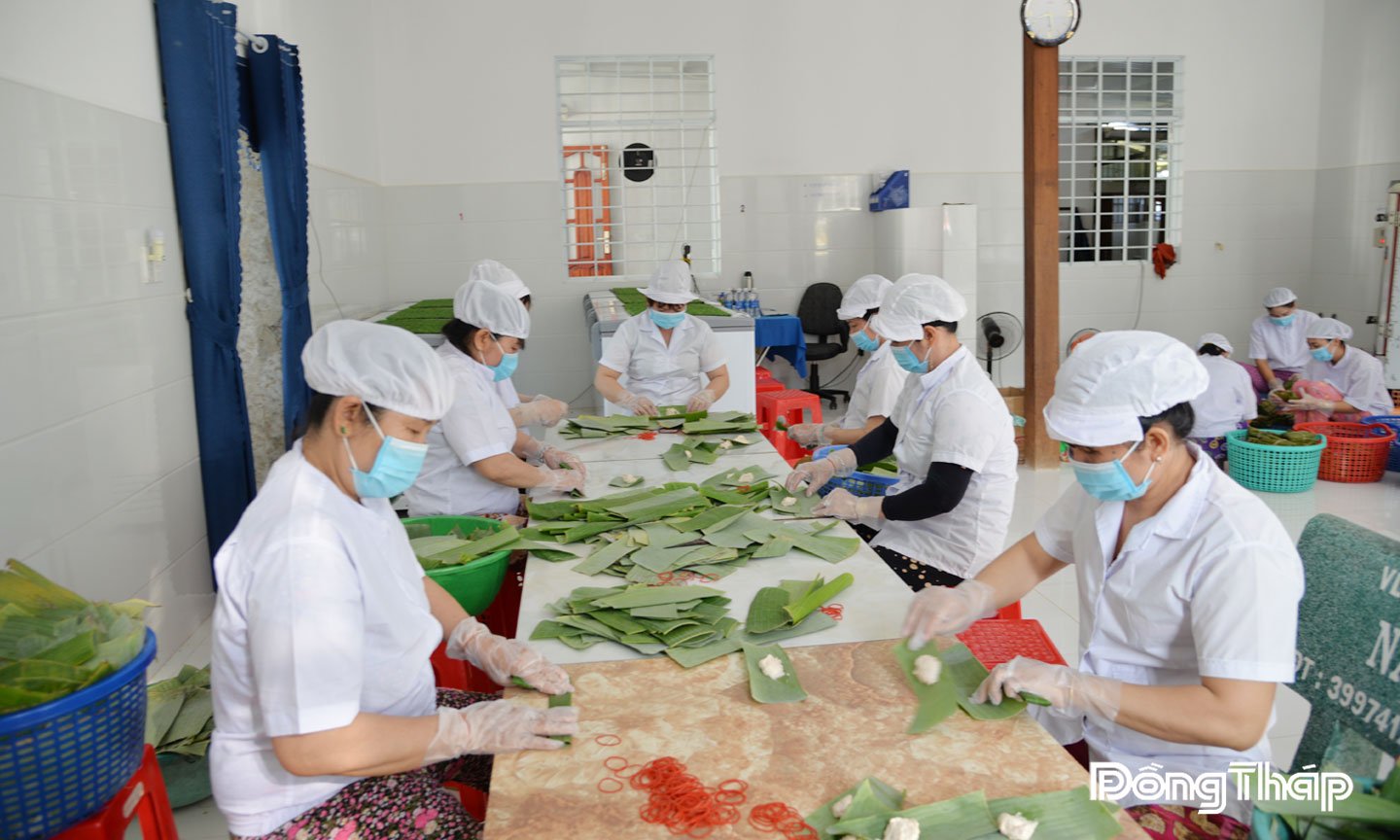



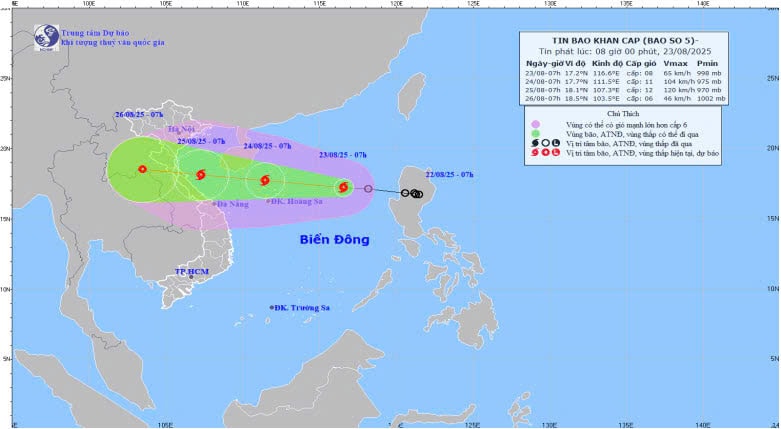









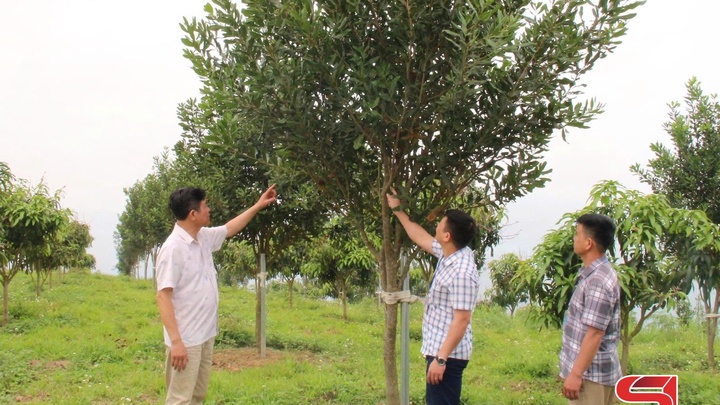








Comment (0)